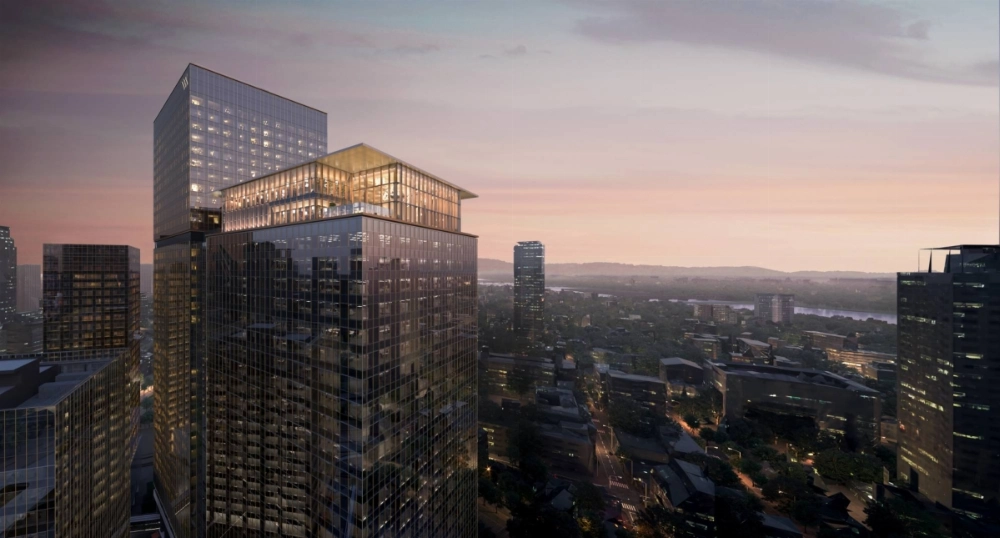From the first sunrise of Jan. 1 to the closing moments of Dec. 31, travel in Japan in 2024 was dominated by one concept: overtourism.
For many, this influx of overseas visitors — real or imagined — posed more challenges than opportunities. Taxi companies struggled to meet demand, convenience stores with picturesque views grappled with crowd-control measures and officials debated charging foreign visitors more for basic services.
However, amid all that handwringing over how to handle Japan's culmination as a global tourist hot spot, one industry spent much of last year quietly putting together the puzzle pieces of success: luxury travel.


















With your current subscription plan you can comment on stories. However, before writing your first comment, please create a display name in the Profile section of your subscriber account page.